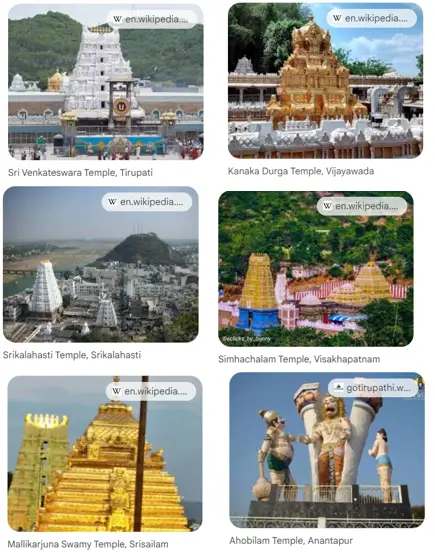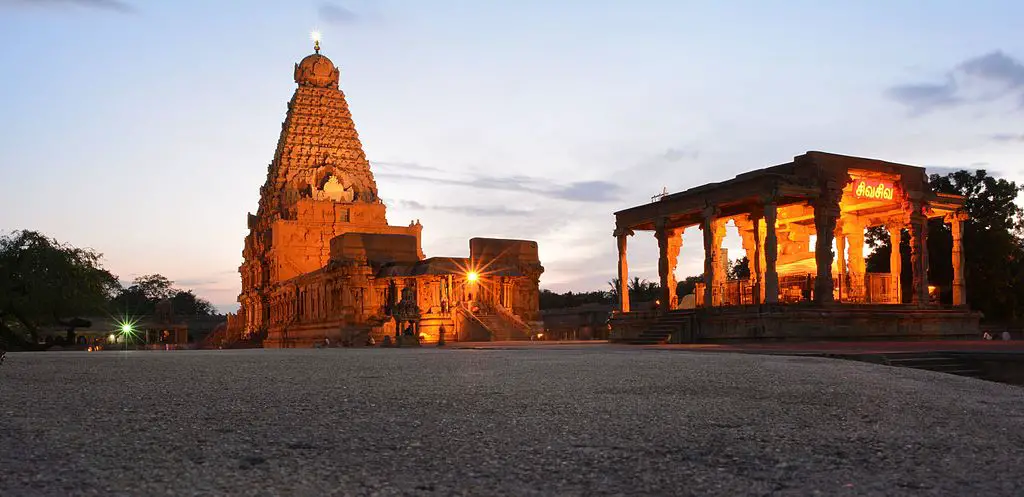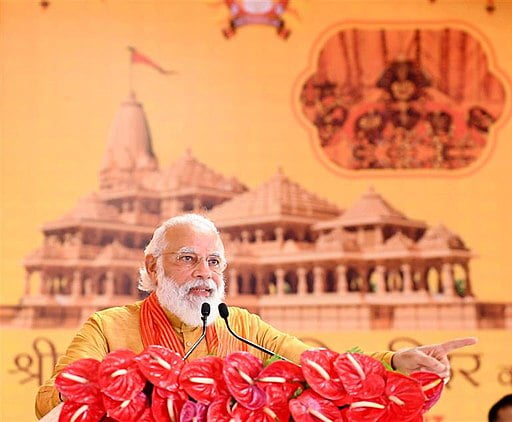Hindu Temple
Glorious and Mighty: Pallavas and Cholas
Unveiling the Legacy: Pallavas and Cholas Dynasties of South India South India boasts a rich tapestry of ancient empires, with the Pallavas and Cholas leaving an indelible mark. This post delves into their fascinating history, architectural marvels, and lasting contributions. Keywords: Pallava Dynasty, Chola Dynasty, South India, Tamil Nadu, Temples, Architecture The Glorious Pallavas (3rd-9th … Read more
Fascinating History: Andhra Mahavishnu
The history of the Srikakula Andhra Mahavishnu temple is fascinating A blend of legend and inscription-backed evidence. Here’s what we know: Overall, the Srikakula Andhra Mahavishnu temple stands as a testament to the enduring Hindu faith in Andhra Pradesh, with its origins likely stretching back centuries and evolving over time. The exact timeline of the … Read more
Pran Pratishtha of Ram Mandir on 22nd Jan 2024
Pran Pratishtha of Ayodhya Ram Mandir is on Jan 22nd, 2024 This is a historic event in India’s history as the country started reclaiming its ancient historic roots. Pran Pratishtha, also known as Murti Sthapana, is a sacred Hindu ritual that involves the consecration of a murti (image or idol) in a Hindu temple. This … Read more



